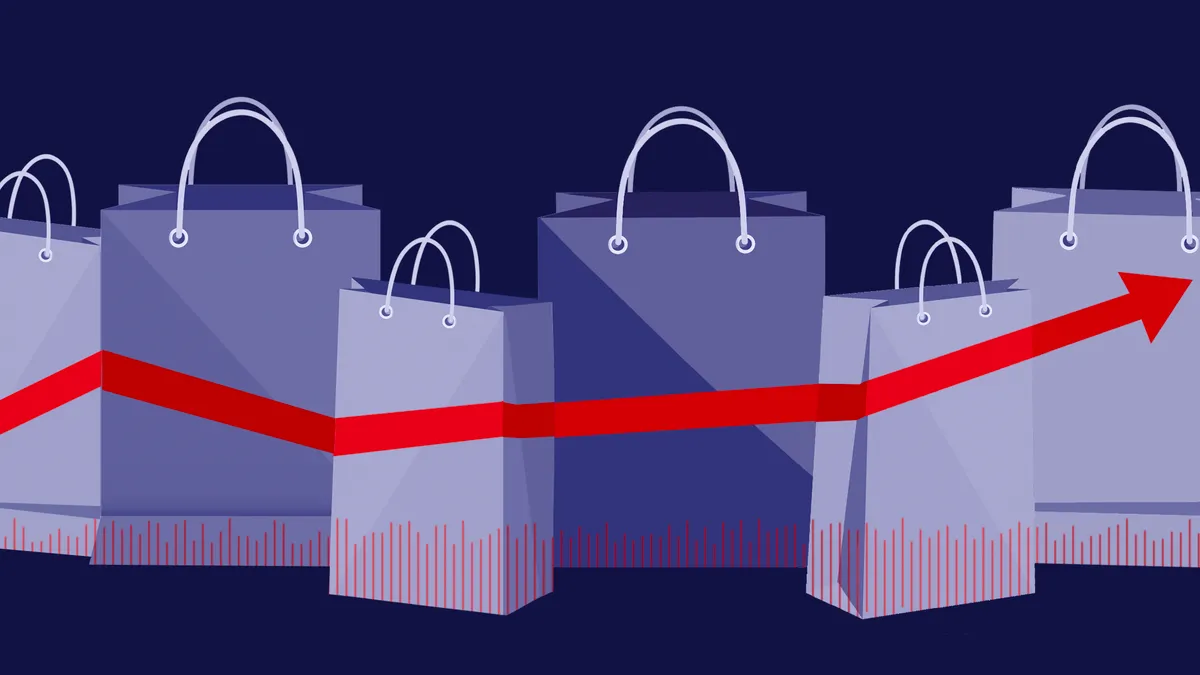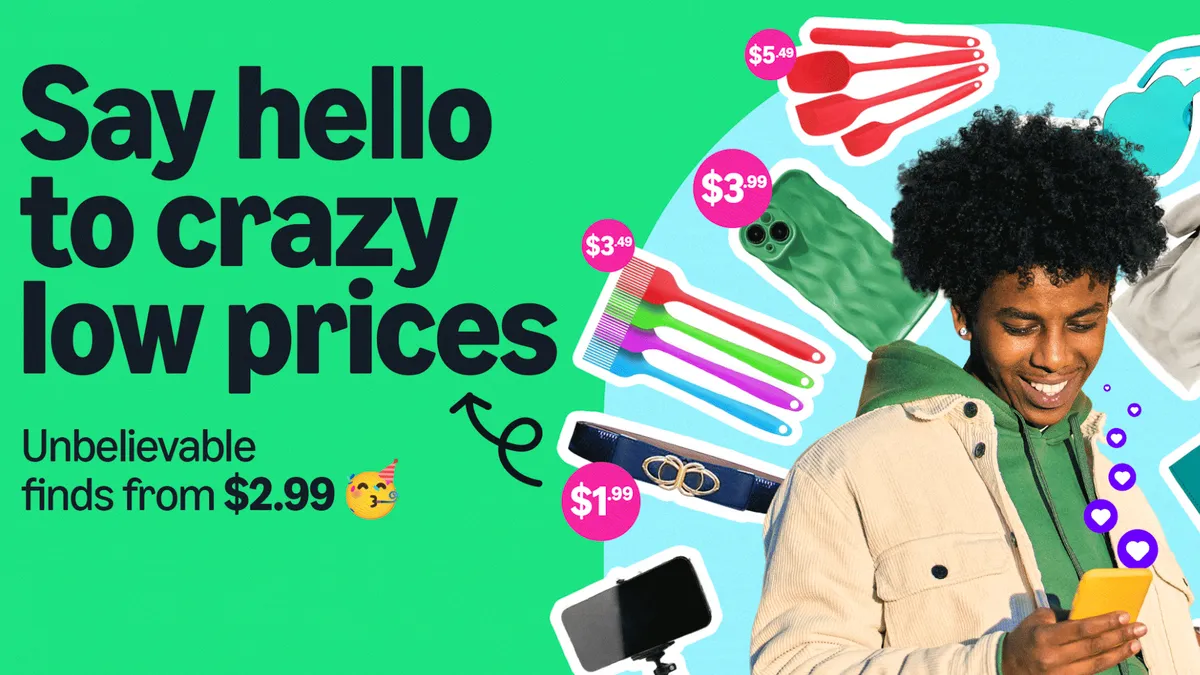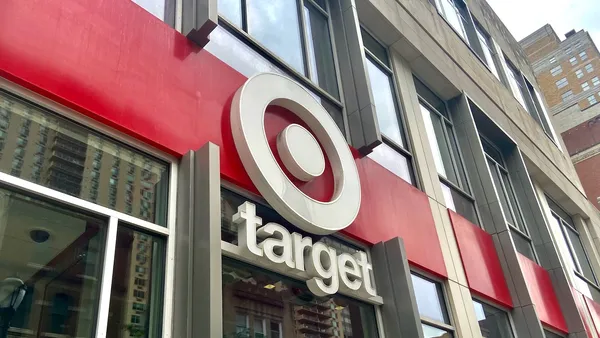Consumers know by now that the moment they begin researching a product online — whether it's something they're buying for themselves or someone else — they're likely to find online ads following them around like the Ghost of Christmas Past well into the holiday season and maybe even beyond. This year, however, advances in AI and marketing tech could help brands and agencies boost this data-driven tactic to make their marketing efforts feel as thoughtful and personalized as the best gifts.
While holiday marketing happens across a variety of channels, digital ads continue to be a high priority for most brands. Digital, which includes search and social media, is the one area where the majority of advertisers continue to increase their spending, according to a study from Advertiser Perceptions last year.
The budgets for digital ads during the holidays may be even larger because, in some cases, advertisers are reaching the fourth quarter of their fiscal year and have incremental dollars to spend, Jennifer Eenigenburg, managing director at Portland, Oregon-based agency R2C Group, told Retail Dive's sister publication Marketing Dive. And given the spike in shopping habits, it's worth the investment. Eenigenburg suggested brands not only open their wallets but think more strategically about how digital ads can stand out amid all the other campaigns attempting to grab consumers' attention. This can start with dynamic creative that is customized for users.
"I think advertisers are getting better about this, but you really have to keep that messaging strategy in mind to make sure we're designing creative for the platform the user's actually on," she said. "That 30-second spot might work on TV, but it might not work on Facebook in the same way. You might need to deliver the same message in an online ad so they can get it in 1.5 seconds."
Custom and channel-specific creative
For one client, Eenigenburg said R2C went beyond a traditional retargeting campaign and used the data it had available to create a customized gift guide that was featured as native ad content. Even if other marketers don't or can't get that targeted using data, simply repurposing content from other channels for digital ads won't work. There needs to be some level of customization.
The message should also be more dynamic and relevant than a digital ad that merely relates to your most recent web search, said Rigel Cable, associate director of data analytics at Oakland, California-based e-commerce marketing and design firm Fluid.
"We’ve been retargeting and remarketing for a decade, but now we're starting to see that personalization can take new forms because there are more data connections available."

Rigel Cable
Associate director of data analytics, Fluid
"We’ve been retargeting and remarketing for a decade, but now we're starting to see that personalization can take new forms because there are more data connections available," Cable told Retail Dive's sister publication Marketing Dive. "Beyond just following someone around with a banner ad, you need to think about what are other ways to personalize experiences — not just ad targeting data but CRM data, loyalty data and onsite behavior — to get more nuanced with the messaging."
Even if the ads are great, however, Cable said too many brands overlook a critical step in the consumer's journey during a holiday campaign: what happens if they actually click through.
"It's not just about the marketing tactics, but really making sure the site performs well," he said. "When someone is targeted, what is the landing environment they reach on the e-commerce website? Is the checkout page ready to convert them? There are all these big campaigns, this big marketing spend, but not necessarily as much planning that the site is ready for those campaigns." Design and usability needs to be developed early to limit shopping cart abandonment.
Cable said marketers should also think about using digital ads to drive people toward online tools that encourage consumers to share even more data. Those in the beauty category, for example, could create "shade finders" or other product search tools, he said. By gathering that information, a company can make future campaigns even more relevant.
The potential of AI on holiday marketing
The rise of privacy legislation such as the EU's GDPR means brands need to be careful about using third-party data and have the proper opt-ins in place for first-party data, but advancements in technologies like artificial intelligence (AI) may give them new opportunities to fine-tune digital ads during the holidays.
A pair of former Google directors, for example, have created a firm based in Zurich called 1plusX that promises to identify previously unknown customers by combining first-party data with information from publishers, search string data and other inputs. Chris Spiers, 1plusX's vice president of operations, said this allows the firm to offer brands "pre-targeting" in the lead-up to the holidays.
"You can train and model the algorithm to identify who else is out there who is similar to the people you want to retarget," he said. "You're no longer just dependent on profiles with opt-in data where people have given their names. You can look at which people visited which web page from a variety of sources."
This still means being smart about choosing keywords for a holiday campaign, Spiers added. The more granular marketers can get about the type of product or experience they're offering, the better. "Using 'Christmas' or 'presents' doesn't add a lot of value," he pointed out.
"It's about creating a cohesive story, from the email to the online ad to the website. The consumer expectation is less about a particular kind of ad and more about an experience where they get one message."

Rigel Cable
Associate director of data analytics, Fluid
Marketers should be similarly granular in looking for data that allows them to see what else their target customers are doing besides shopping, R2C Group's Eenigenburg added, whether it's demographics about the number of kids they have, where they live and so on. From there, they can tailor the campaign so that there are different calls to action, ad copy and visuals to maximize the use of the medium.
"Digital ads can fit across all different parts of holiday marketing — from interest and intent to closing and conversion," she said.
Cable agreed.
"It's about creating a cohesive story, from the email to the online ad to the website," he said. "The consumer expectation is less about a particular kind of ad and more about an experience where they get one message."






















